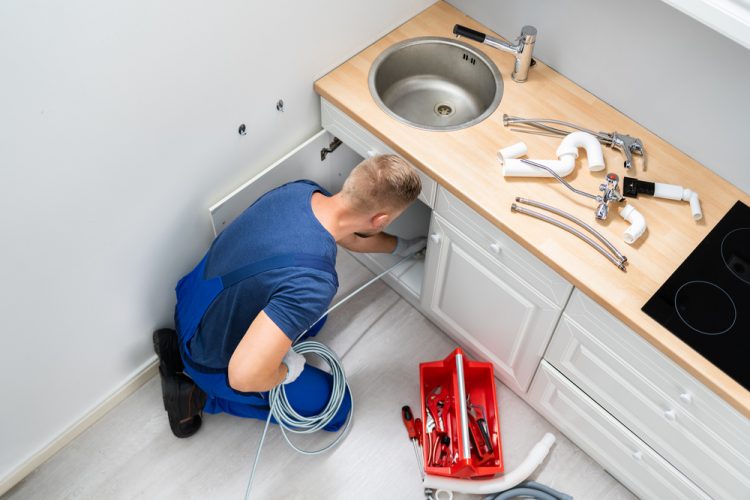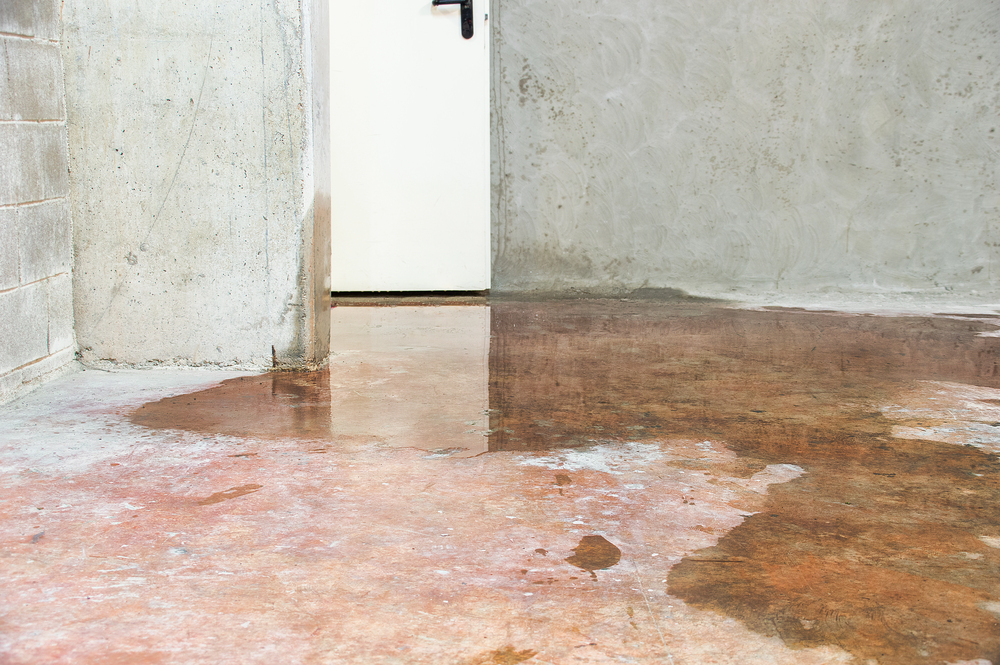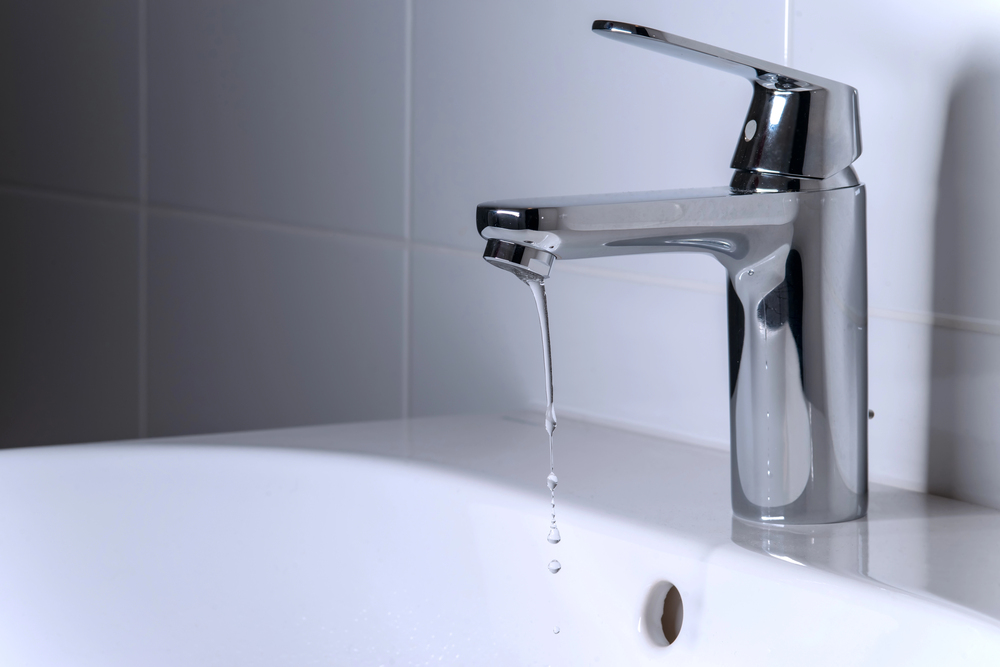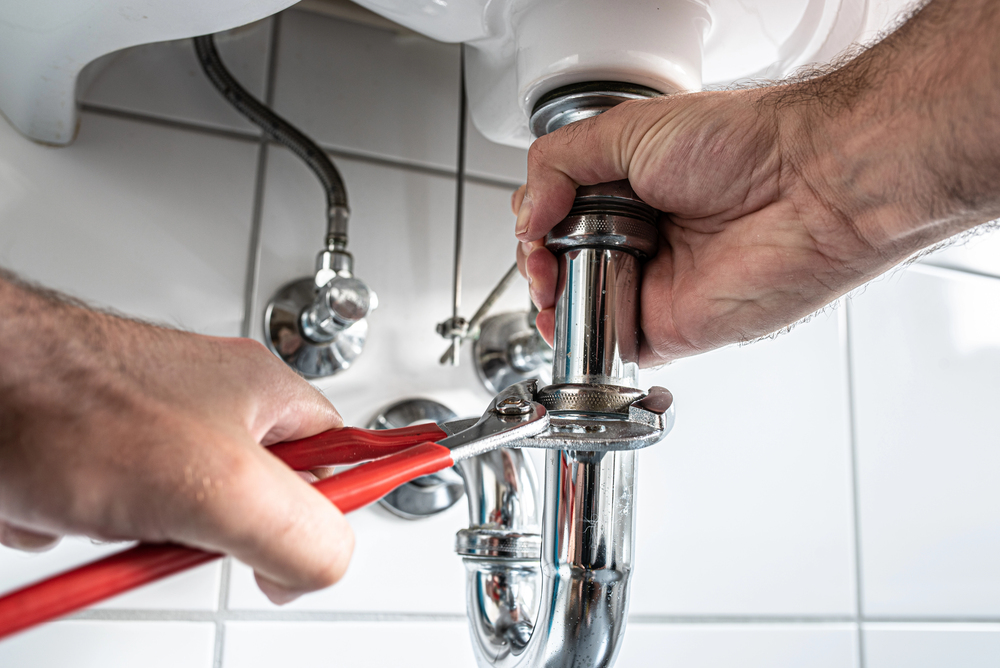Few things are as frustrating as dealing with a clogged drain. Whether it’s a slow-draining sink, a backed-up bathtub, or a full-on blocked sewer line, these plumbing issues can disrupt your day and lead to costly water damage if left unresolved.
While some may attempt DIY methods, there’s a significant difference between temporary fixes and the professional approach that plumbers take when unclogging drains. In this blog post, we’ll explore how plumbers unclog drains effectively, detailing the techniques, tools, and steps involved in clearing everything from minor blockages to major clogs.

Identifying the Cause of the Clog
Before getting into the methods plumbers use to unclog drains, it’s important to understand that clogs differ significantly. The first step a professional plumber takes is diagnosing the root cause of the blockage.
Clogs can result from various sources, including grease buildup, hair accumulation, soap scum, food particles, and even foreign objects accidentally flushed down the drain. Some blockages may be relatively easy to clear, while others may indicate more significant issues, such as tree root intrusion or pipe damage.
By identifying the cause of the clog, plumbers can choose the best method for clearing the drain. For instance, simple blockages caused by soap scum or food particles can often be dealt with by using a plunger or a plumbing snake, whereas more complex issues may require advanced techniques like hydro-jetting.
Common Tools Plumbers Use to Unclog Drains
Plumbers rely on a variety of specialized tools to get the job done efficiently. Here are some of the most common tools they use.
Plunger
The plunger is one of the most basic yet effective tools for unclogging drains. It works by creating a vacuum seal around the drain and using pressure to dislodge the blockage.
While plungers are most commonly used for clogged toilets or sink drains, they can also help with minor blockages in bathtubs or showers. Professional plumbers use plungers with a stronger build, designed to provide more force and create a tighter seal.
Plumbing Snake
A plumbing snake, also known as a drain auger, is a long, flexible coil. When inserted into the drain, it can be used to physically break up or pull out the blockage.
In some cases, the plumber may have to rotate or push the snake deeper into the pipe to reach and clear the obstruction. The plumbing snake is especially useful for removing stubborn blockages deeper in the pipes, where a plunger might not be effective.
Hydro-Jetting
For more severe clogs, plumbers often turn to hydro-jetting, a high-pressure water system that uses a stream of water to clear even the toughest blockages. The process involves pumping water through a blocked pipe at extremely high pressure, effectively breaking apart grease, tree roots, and other debris while thoroughly cleaning the interior of the pipes.
Hydro-jetting is an environmentally friendly method of clearing clogs because it doesn’t require harsh chemicals, making it a great choice for environmentally conscious homeowners and businesses.
Pipe Cameras
In some cases, the cause of the clog may not be immediately obvious. To pinpoint the location and severity of the blockage, plumbers often use pipe cameras to visually inspect the pipes.
These small, waterproof cameras are attached to a flexible cable and inserted into the drain. The camera transmits real-time video footage to a monitor, allowing the plumber to assess the situation and determine the best approach for unclogging the drain.
Chemical Drain Cleaners
While plumbers generally avoid chemical drain cleaners due to their potential to damage pipes, there are some situations where a mild, professional-grade cleaner may be used. These cleaners work by dissolving organic material that has built up in the pipes, such as hair or grease. However, most plumbers prefer mechanical and water-based methods, as chemical cleaners can be harsh and may cause long-term damage to the plumbing system.
The Process of Unclogging Drains
Now that we’ve discussed the tools plumbers use, let’s break down the general process they follow when unclogging drains. Each job is unique, but the process typically involves the following steps.
Step One: Inspection
Before using any tools or techniques, a plumber will first perform an inspection of the drain to determine the extent of the clog and its location. This is where the plumber’s experience and skill come into play. They’ll ask questions about the symptoms you’re experiencing—whether it’s slow drainage or a complete blockage—and inspect the drains using specialized tools like a pipe camera if necessary.
Step Two: Clearing the Clog
Once the plumber has a clear understanding of the situation, they’ll proceed with the appropriate method to clear the clog. For minor blockages, this could involve plunging the drain or using a plumbing snake to break up the obstruction. For more severe blockages, they may opt for hydro-jetting or other professional techniques.
In cases where clogged drains and toilets are involved, the plumber may first tackle the toilet before working on other drains in the system, as this may prevent any cross-contamination or backups from occurring.
Step Three: Testing the Drain
After the clog has been cleared, the plumber will test the drain to ensure that water is flowing freely and there are no residual blockages. This step confirms whether the problem has been fully resolved and that your plumbing system is working properly. The plumber may also advise on preventative maintenance steps, such as periodic drain cleaning or using drain covers to prevent future clogs.
When to Call a Plumber for a Clogged Drain
While DIY methods might seem like an easy solution to a clogged drain, there are several situations where it’s better to call a professional plumber. Attempting to resolve a severe or recurring clog yourself can sometimes make the problem worse or lead to further damage. Here are some key signs that indicate it’s time to call in the professionals:
- Stubborn or Persistent Clogs: If you’ve tried using a plunger, drain snake, or store-bought chemicals with no success, the clog might be deeper or more complex than it seems. A professional plumber can properly diagnose and resolve the issue using specialized tools like hydro-jetting or a pipe camera.
- Multiple Drains Backing Up: If more than one drain is clogged at once, it’s often a sign of a more significant issue, such as a blocked sewer line or a buildup in the main drain. This type of problem requires the expertise of a plumber to prevent potential damage to your entire plumbing system.
- Recurring Clogs in the Same Drain: If a single drain keeps getting clogged despite regular cleaning, it could be an indication of an underlying issue like pipe damage, root intrusion, or buildup that needs to be professionally cleared.
- Unpleasant Odors or Slow Drainage: Foul smells and slow drainage are often signs of trapped debris or even sewage backup. These conditions are best handled by professionals to avoid contamination and further plumbing complications.
Maintaining Clear Drains
Once your plumber has cleared the clog, it’s important to maintain your drains to avoid future problems. Simple maintenance steps, such as using a drain screen to catch hair and debris or pouring hot water down the drain periodically, can help keep your pipes clear. Additionally, having your plumbing system inspected regularly can help detect potential problems before they turn into costly repairs.
Keep Your Drains Flowing Smoothly with Z PLUMBERZ
Unclogging drains is more than just a quick fix; it requires the right knowledge, tools, and experience to do the job right. By trusting professionals who know how to unclog drains effectively, you can avoid further damage to your pipes and ensure that your plumbing system continues to work properly.
Z PLUMBERZ provides fast, efficient solutions for clogged drains. We have decades of experience in dealing with plumbing emergencies.
Our team uses advanced tools, including hydro-jetting and pipe cameras, to identify and clear blockages effectively. Whether you’re dealing with a clogged sink, shower, or toilet, we’re here to help restore your plumbing system to full working order.
Need expert help with a clogged drain? Call us today to schedule an appointment and get your plumbing back on track.
Additional benefits of partnering with us include
-

24/7 Emergency Services, Paperless Communication
-

Reduced Rates and Preferred Pricing
-

Preventative Maintenance Scheduling
-

Online Scheduling and Account Management


